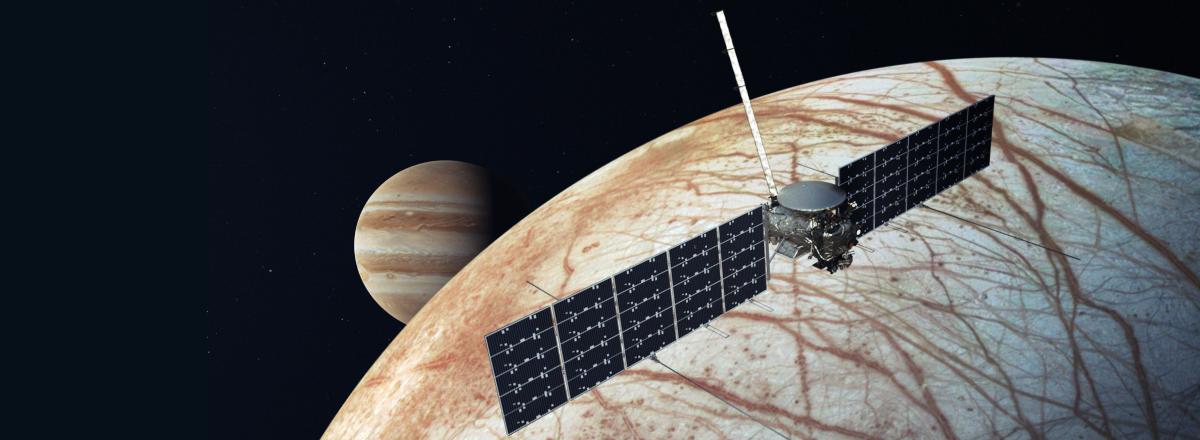NASA Launches Europa Clipper to Investigate Life on Jupiter’s Moon
The spacecraft is set to arrive in the Jupiter system in 2030. Once there, Europa Clipper will conduct 49 flybys of the moon, using a suite of advanced instruments to study its icy surface and subsurface ocean.

NASA has successfully launched the Europa Clipper mission, sending the spacecraft on a journey of nearly 3 billion kilometers to explore Jupiter’s moon Europa. Scientists believe that beneath Europa’s thick icy crust lies a vast ocean, potentially harboring conditions suitable for life.
The spacecraft, launched aboard a SpaceX Falcon Heavy rocket from Kennedy Space Center, Florida, is set to arrive in the Jupiter system in 2030. Once there, Europa Clipper will conduct 49 flybys of the moon, using a suite of advanced instruments to study its icy surface and subsurface ocean.
Europa, known for its mysterious and intriguing environment, features an ocean kept liquid by Jupiter's tidal forces, despite being buried under thick ice. Scientists hope that the data collected by the spacecraft will help determine whether the moon's ocean contains the necessary ingredients to support life. The mission will also provide insights into the moon’s geological activity, ice composition, and potential for future exploration.

